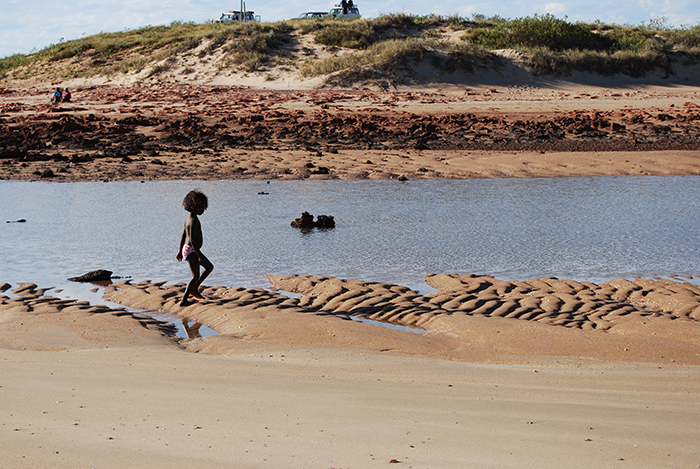There is a great deal of talk these days about how people move around much more than they used to and what this does to our communities. It is usually not good news. Economic hardships, a shortage of affordable housing, religious persecution, the threat of disease, and even the effects of climate change may force people to move. People may also move in search of economic and educational opportunities. At the end of a migrant family’s journey, sometimes the reception is a hearty embrace, but in some places there is concern that too many “immigrants” will take away jobs or change a place beyond recognition.
Global migration and displacement are among the most pressing issues of our time. Each day, it seems, the news brings new examples: African and Middle Eastern migrants who risk their lives on a perilous voyage to Europe; charged debate on immigration that deadlocks Congress; gentrifying urban neighborhoods that displace historic populations; anti-immigrant sentiment that leads to protest—sometimes violent—in cities from Johannesburg to Phoenix.
In response, the American Anthropological Association has partnered with the Smithsonian Center for Folklife and Cultural Heritage, the National Museum of American History, and the Our American Journey Education Initiative to launch a series of national conversations on this challenging contemporary issue. This new initiative, World on the Move, will draw on scholarship concerning the depth of human history and the breadth of cultures across the globe to help people rethink their ideas about moving, displacement, and belonging—and to use what they learn to better understand their own migration histories and those of others.
History
Movement is not new. People have been moving around for as long as we have traces of humans on the planet. People, culture, language, commodities, disease, flora, and fauna have been in circulation for at least the past 100,000 years. Migrations have altered communities throughout the course of human history. We all have migration stories in our family histories.
Social and Environmental Motives
Migration is rarely a free choice. It is limited by economic, political, cultural, and environmental issues, such as colonialism, war, natural disasters, religious and cultural persecution, labor needs, and job opportunities. It has taken many forms, ranging from enforced transport—as in slavery and trafficking—to labor migrations and trade networks. Climate change has generated past migrations and threatens to be an increasingly important factor in the future.
Identity and Belonging
Migration influences identity-formation for those who move as well as for those who remain. It brings changes in how we live, whether we are among those who move or those who stay: what we eat, how we dress, what we speak, where we live, what we believe. It triggers many feelings, from hope to fear, linked as much to individual lives as to public debates, individual and family or community strategies, or institutional and state policies and regulations. Although only about three percent of people live outside their original home country, it is difficult to overstate the impact of international migrants and their transmission of culture across time and space. People carry culture with them through their thought patterns, beliefs, traditions, notions of being in the world, as well as through material goods and cultural practices, notably food and language. Movements of populations and individuals touch us all.

Complexity
Many migrants across the globe face discrimination, legal exclusion, and xenophobia. There are also many historical and contemporary examples of peaceful intermingling, positive interactions, intercultural exchange, and cultural hybridity. Culture moves in multiple directions due to circular migration and worldwide media. In addition, ethnic and migrant communities are often much broader and more diverse than the singular labels applied to them.
Language and Stereotypes
Negative stereotyping often shapes rhetoric about migrants and migrant communities, and racially loaded language and metaphors color the immigration debates. Popular ways of talking about the United States as an “immigrant nation” (melting pot, salad bowl, mosaic) provide an entry point for breaking down stereotypes and fears of “being invaded” or “destruction of community.” Language can recast migration as a positive, generative human process that benefits those in the places of origin and destination.
World on the Move will frame these contemporary issues in a broader historical and comparative context, offering people a chance to pause and rethink ideas about moving, displacement, and belonging. It will examine their causes, forms, and consequences through archeological, linguistic, cultural, and biological evidence—and convey the lived experience of migrants through vivid case histories and first-hand accounts. Drawing on a wealth of case studies from the depths of human history and the breadth of cultures across the planet, the initiative aims to help people appreciate migration histories—their own and others.
Ed Liebow is executive director of the American Anthropological Association, the world’s largest association of professional anthropologists, with more than 10,000 members from all over the world. The association’s mission is to advance understanding of the human condition, and apply this understanding to address some of the world’s most pressing problems.


